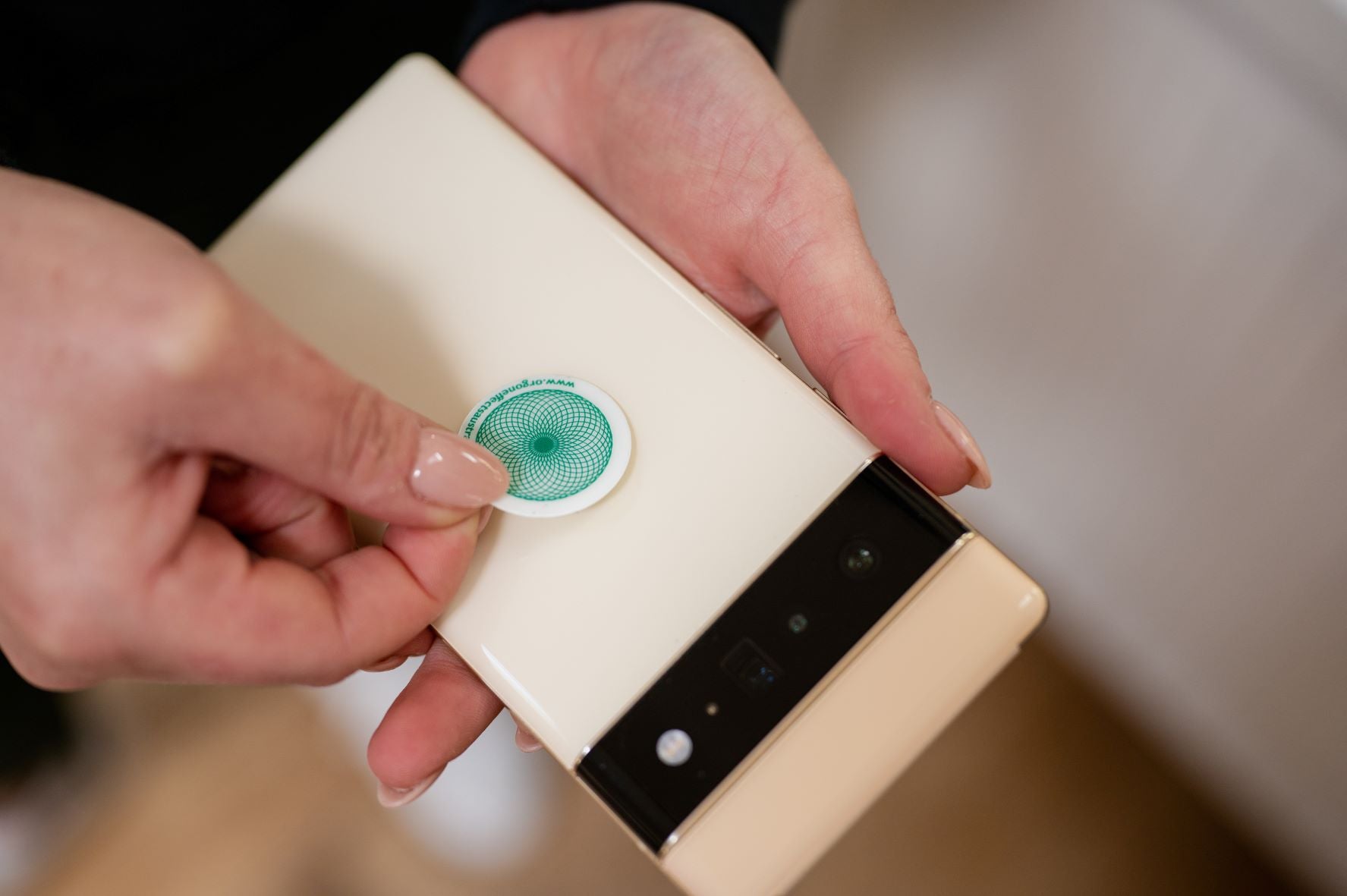What is the Buddha Statue Meaning?
Buddha statues hold a notable meaning for Buddhism followers. They not only symbolize the Buddha who is their mentor, but they also motivate and encourage the followers to follow the Dharma path through meditation. Due to globalization, the Buddha’s teachings have gained widespread popularity, making it one of the world’s major religions. Buddhism’s popularity is one reason for many curiosities and queries regarding Buddha.
See our Buddha Statues to protect your home

The Buddha statues are one of the most frequently asked questions. This is because the Buddha statues are quite different; various Buddha statues have different styles of presentation, mudras or gestures, sizes, and shapes. These variations aren’t just for decoration purposes but they have certain origins and meanings regarding the Buddha’s teachings. Buddha statues inspire people to develop their character traits and inner qualities that bring contentment, inner peace, joy, and happiness in their lives. In this article, we will look at different Buddha statues types, their origins, and meanings.
![]()
Reclining Buddha
The Reclining Buddha is also known as Parinirvana. It is an iconic representation of the Buddha lying down during his Mahaparinirvana moment. It is a popular iconic pattern in Buddhism because it represents the legendary Shakyamuni Buddha during his illness. The Buddha in this statue is seen laying on the right side facing the west and his head is supported by the right hand.
The reclining Buddha statue is not meant to induce sadness in his followers but the reclining Buddha should rather be taken as a symbol of encouragement that everyone can be enlightened or awakened and deliver themselves from the suffering that comes with the cycle of rebirth. The smiling and serene expression in this statue portrays the calmness and compassion that accompanies enlightenment.
Walking Buddha
This Buddha statue signifies internal beauty and grace, and it is called ‘Phra LeeLaa’ in Thai. In the pose, the right hand is usually raised facing forward while the left hand dangles along the body’s left side. Standing with the right leg behind while beginning to rise off the ground. In Thailand, the walking Buddha statue dates back to the Sukhothai period. It is a representation of the time when the Buddha was coming back to earth after giving a sermon in Heaven on the Dharma and was being escorted by Lord Brahma and Lord Indra.
Teaching Buddha
The Teaching Buddha is also known as DharmaChakra Mudra. The DharmaChakra phrase is a bit difficult to translate. Dharma means the righteous way, while Chakra means the cosmos or universe. When we put this phrase together, it is typically interpreted as turning the wheel of cosmic righteousness or putting the cosmic law of righteousness in order.
The statue signifies fulfilling destiny, understanding, and wisdom. The hands are positioned at chest level, with the index and thumb fingers forming a circle. The left hand is usually turned palm out, while the right hand is usually turned palm in.
Just like most Buddha images, the DharmaChakra Mudra depicts a moment in Buddha’s life, namely his first sermon after he reached enlightenment. The sermon was to a small group of people who had belittled the Buddha previously. The Teaching Buddha is especially great for individuals who are studying or interested in learning about spirituality.
Medicine Buddha
The Medicine Buddha is usually depicted in paintings as having blue skin, but whether shown in painted or statue form, the right is positioned facing downward; the fingers extended toward the ground, palm facing out toward the viewer, a bowl of herbs resting on the lap’s left hand.
The Tibetans believe that the Buddha was responsible for bringing the knowledge of medicine to the world, and actually the right-hand facing depicts ‘granting a boon’ (which means giving a blessing) to the human race. This pose is a popular hand gesture amongst both Hindu and Buddhist statues. This Buddha is revered by those seeking health and is very common in the Buddhist communities and temples of Tibet and Nepal.
Earth Touching Buddha
The Earth Touching Buddha is the most popular pose you’ll notice in many Thai temples. With the Earth Touching Buddha, the left hand is usually on the lap, the legs are crossed, and the right hand facing the ground with the palm pointing to the Buddha. This pose is referred to as Calling The Earth to Witness, and it’s the definition of the moment of enlightenment for the Buddha. This Buddha statue is also called Bhumisparsha Mudra.
It’s the story of how the Buddha, after 6 years, was on the verge of enlightenment finally. Unfortunately, the Demon of Illusion, Mara tried to discourage the Buddha from the last steps. The Buddha meditated throughout the night to overcome the temptations and fears sent by Mara and subsequently called the Earth Goddess to witness that the Buddha achieved enlightenment to share with the world. Witnessing this, the Earth Goddess released floodwaters that swept Mara away.
Laughing Buddha
The Laughing Buddha is also known as Budai. In western civilization, Budai is probably the most widely known and used. Also, it is known as the abundance, prosperity, and good luck Buddha. It depicts Buddha as happy and from an abundant life with a large belly. He will either be in a standing or sitting position with the hands over his head supporting an imaginary or real Ru-Yi pot. The laughing Buddha statue is passionately called Happy. It is the tradition to rub the belly to ensure greater luck comes to you.
Meditation Buddha
The Meditation Buddha is also called Dhyana Mudra. This mudra is for those who are either searching for calm and peace in their lives, or for those looking to improve their meditation skills. Often, people will buy a Dhyana Mudra if they would like to create a “serenity room” or a space in their house where they can calmly sit for a while to unwind.
In the Dhyana Mudra pose, the Buddha is depicted with the hands in the lap, face-up, and the legs crossed, either in a single lotus pose or double lotus pose. An alms bowl is occasionally placed in the lap. Since this Buddha statue typically represents focused concentration, the eyes are either depicted as closed almost all the way or halfway closed. The statue’s silhouette is shaped more like a triangle, representing stability. Most of the Buddha statues in Korea and Japan are in the Meditation pose. The Meditation Buddha pose is also called the Amitabha Buddha, meaning ‘Boundless Light’.
Protection Buddha
The protection Buddha is also known as Abhaya Mudra. This Buddha depicts a seated Buddha with the right hand raised facing outwards. It has 2 common meanings: the first one is that of protection as the raised right hand represents a shield symbolically. The second meaning is overcoming fear which is related closely to the first meaning since an individual who is receiving protection would not be fearful.
The main features of the Abhaya Mudra besides the raised right hand are that this Buddha can be depicted either standing or sitting and the left hand can either be extended palm up or outward in the lap. This mudra implies courage and provides protection from anger, delusion, and fear.
See No Evil Buddha (Three Wise Buddhas)
It’s not surprising that most things in Buddhism are always done in 3s. This is because the number three refers to the trinity which symbolizes guidance, help, and divine protection. Also, it refers to the 3 training of discrimination, concentration, and discipline. There are certain laughing Buddha statues that portray the 3 wise monkeys as well as the proverb associated with being the action, speech, and mind.
The Mizaru monkey portrays see no evil Buddha. His eyes are covered, so it sees no evil around. The Kikazaru monkey portrays hear no evil Buddha. His ears are covered so it ears no evil. The Iwazaru monkey portrays speak no evil Buddha. His mouth is covered, so it speaks no evil.
Contemplation Buddha
The contemplation Buddha is depicted by the Buddha holding his arms against his chest with the palms facing inward and his right arm outward of the left. The contemplation Buddha symbolizes tolerance, determination, and silence. This Buddha is perfect for those that want to increase their spiritual confidence. Also, it promotes humility.
What Does Buddha Statue Symbolize?
Not only are Buddha statues the physical depiction or representation of how the Buddha was physically but they also symbolize the Buddha’s motivational factor, inner peace, fortune, and teachings. In Buddhism, it is believed that praying or chanting in front of the Buddha statue gives a sort of inner satisfaction which then gives peace to the soul, heart, and mind. Since Buddha isn’t just a name but a title, the statues symbolize how an individual can achieve a comprehensive understanding of life in the best way possible.
The Buddha statue reminds and triggers one of his vows to preserve his spiritual and meditation practice. Simultaneously, a Buddha statue purifies the mind, accelerates the serenity within an individual, while also motivating to overcome the negative emotions of hatred, jealousy, greed, and fear, thus focusing the attention and uplifting the mind. Buddhism followers believe the Buddha statue is an important source of communicating peace of mind and self-discipline.
Is a Buddha Statue Good Luck?
The laughing Buddha is the Buddha associated with good luck as it brings abundance and prosperity. The statue comes in standing and seating variations. The laughing Buddha is considered being very promising in Feng Shui and Vastu. Putting this statue in the house or office helps to increase positivity and reduces the chances of loss.
Is it Good to Keep Buddha Statue at Home?
It is good to keep Buddha statues at home but there are some rules for placing them in order to attract positive energy. It is important to place the Buddha statue at a height that’s at eye level. It is believed to be irreverent and rude to look down at a deity. Avoid placing the statue close to electrical outlets or appliances with motors and moving parts. Activities like this tend to affect the surrounding energy. When placing the Buddha statue at home, ensure the location is indeed revered. So you should avoid placing a Buddha statue in a kitchen, bathroom, or bedroom. If you want your own Buddha check out
https://www.orgoneenergy.org/collections/all/products/buddha-schumann-generator
The orgone generator statue is very comfortable in the living room. Facing the front door is the best position for Buddha statue in the living room. Also, students can place the statue on their desks. This is the ideal place to attract a little help with your lessons and evoke Buddha’s auspicious energy to fulfill your academic goals. For individuals that own a business, you can place the statue on your reception desk or office table to attract prosperity to your company.
The meditation garden is the perfect place for a Buddha statue. The Meditation Buddha is one of the more popular Buddha poses. If you are a Buddhist, then you most likely have an altar; just ensure the statue is placed in your home where reflection and meditation can be practiced. For those that practice yoga, you probably have an area of a room or a special room in your home devoted to your exercise. This is the perfect place for the Buddha statue; just make sure it is placed at eye level or higher.
What Direction Buddha Statue Should Face?
According to Feng Shui consultants, the best place for the Buddha statue is opposite the front door of a home, preferably on a table about 30” high. This position allows the Buddha to interact with the energy entering the home, keeping bad energies away. The Buddha statue from this position can counteract any negative chi and change it from harmful to lucky energy. Additionally, the Buddha statue can be kept in the north or north-east portion of the home. Placing a Buddha statue in the north-east corner of the home brings tranquility and peace in the home.



